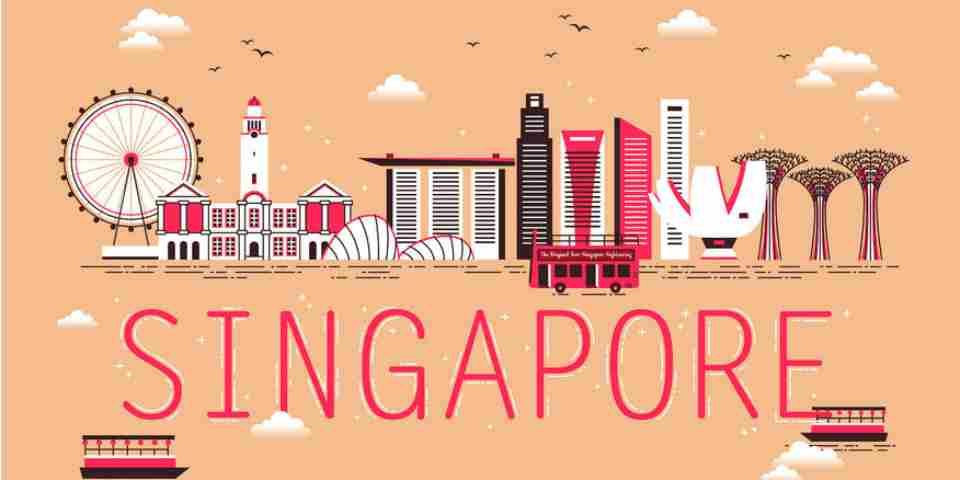
About Singapore
HISTORY OF SINGAPORE
Singapore is both an island and a country, yet perhaps it is best delineated as a city-state. In spite of the fact that a little island, Singapore, offers a wide scope of touring alternatives, because of its ethnic and religious decent variety. What's more, not all attractions are related with current, urban Singapore: Surviving enclaves of the early vagrant pioneers spot different parts of the island.Like the huge city-states of the past, it offers human headway and demand in the most shocking degree. Its blend of Western-style change and Eastern-style organize seems to show the best of the two sides of the equator: It's a propelled city where you feel safe walking the roads, and it's an Asian business center that is a model of profitability. Singapore is moreover an ethnically mixed city, and almost one-fourth of its masses is involved shuns or outside workers from wherever all through the world. Known for its aching to wind up perceptibly the advancement focus purpose of Asia, Singapore is the most wired country in the region.Singapore's dedication to protecting social heritage has made different superb exhibitions and thriving, ethnically specific neighborhoods. Chinatown and Little India still hold some of their one of a kind social hugeness for Singaporeans while pulling in outside visitors who ponder about the continuation of social identity. A stroll around any of the city's neighborhoods will reveal Taoist asylums, Muslim mosques and Christian heavenly spots cohabitating unobtrusively one beside the other. Social mixing has furthermore made unique Eurasian and Peranakan (Straits Chinese) social orders, each with its own specific outline, enhancements and support..
The British, who were broadening their territory in India, and whose exchange with China in the second 50% of the eighteenth century was growing, saw the requirement for a port of bring in this area to refit, rejuvenate and ensure their shipper armada, and in addition to prevent any progress by the Dutch in the East Indies. Accordingly, they set up exchanging posts in Penang (1786) and Singapore (1819), and caught Malacca from the Dutch (1795).While the most punctual known chronicled records of Singapore are covered in time, a third century Chinese record depicts it as "Pu-luo-chung", or the "island toward the finish of a promontory". Afterward, the city was known as Temasek ("Sea Town"), when the principal settlements were set up from AD 1298-1299.During the fourteenth century, this little however deliberately found island earned another name. As per legend, Sang Nila Utama, a Prince from Palembang (the capital of Srivijaya), was out on a chasing trip when he got a quick look at a creature he had never observed. Taking it to be a decent sign, he established a city where the creature had been spotted, naming it "The Lion City" or Singapura, from the Sanskrit words "simha" (lion) and "pura" (city).


